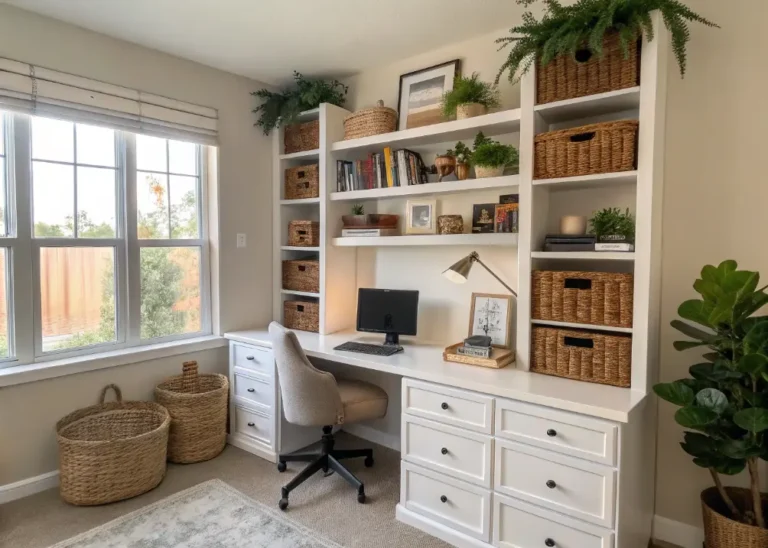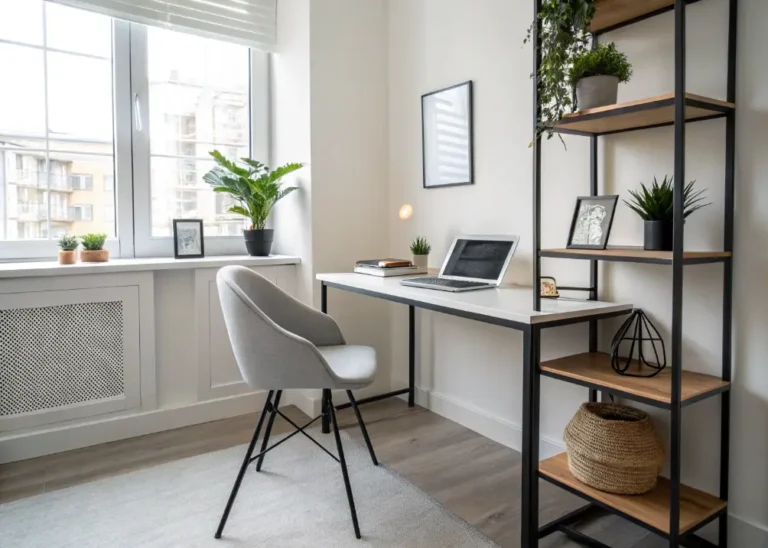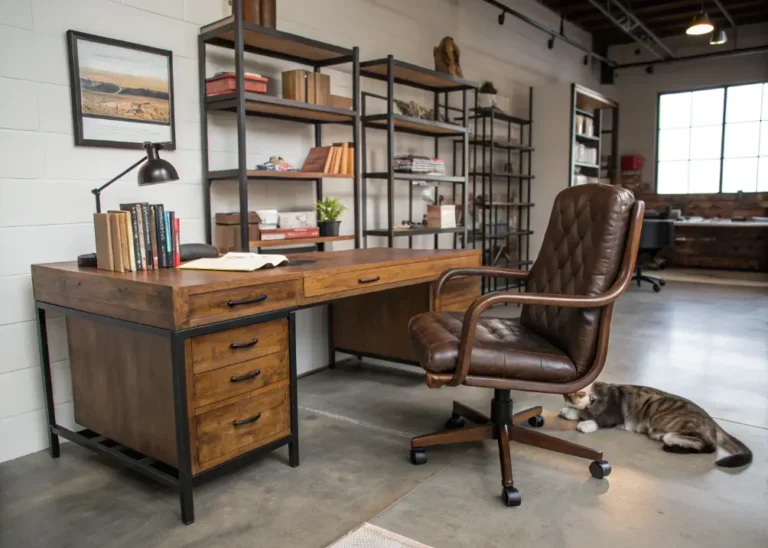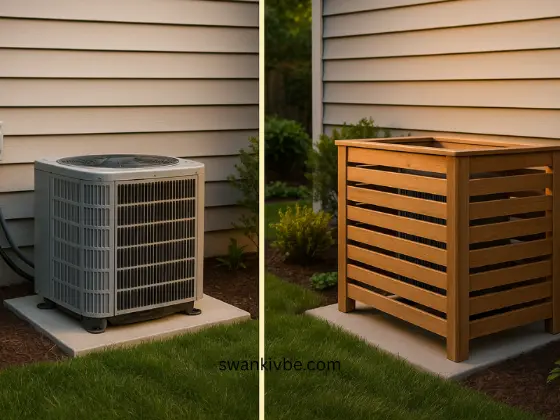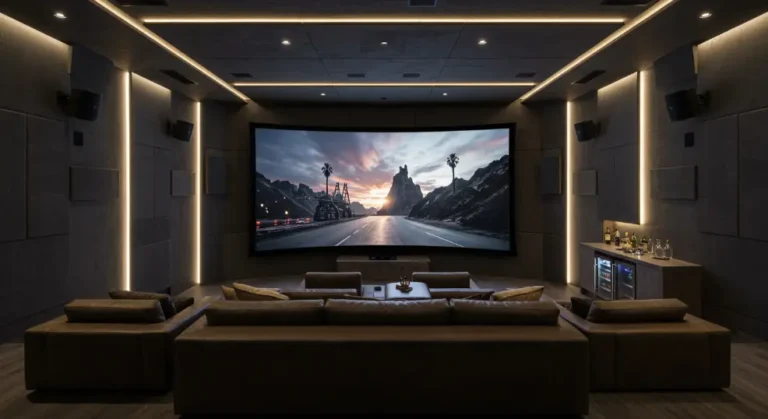10 Easy Ideas to Make Your Bedroom the Coziest Spot Ever!
Look, your room doesn’t need to look like a magazine spread to feel amazing. Cozy isn’t about perfection. It’s about the vibe: how you decompress after a weird day, how the lighting makes you exhale a little, how the textures make you stay longer than you planned. If your space currently screams “functional but meh,” this guide will fix that fast. We’ll keep it simple, affordable where possible, and focused on little changes that create big comfort. I’ll also sprinkle in up-to-date facts and stats to back up why some of these tweaks actually help you sleep better, feel calmer, and live easier.
One more thing: cozy is personal. Pick the ideas that fit your taste and budget. Mix, match, ignore a few, go heavy on others. This is your room, not a showroom.
1) Layer Your Lighting (and keep it warm at night)
If I could only change one thing, it would be the lighting. Overhead light blasting from the ceiling? That’s for laundry day or finding the sock that escaped behind the dresser. For everyday cozy, layer your lights:
- A small table lamp on the nightstand for reading
- A floor lamp in a corner for general glow
- Maybe a tiny, low-brightness lamp near a mirror or dresser for ambience
- Bonus: dimmers, or at least smart bulbs, so you can dial brightness down at night
And about color temperature: choose warm bulbs in the evening (think 2700K–3000K). Warmer light helps you wind down, while cooler, blue-leaning light is more alerting and can mess with your sleep if used late. Sleep experts regularly recommend darker rooms at night and, if you need a light, a warmer tone and low brightness. (Sleep Foundation)
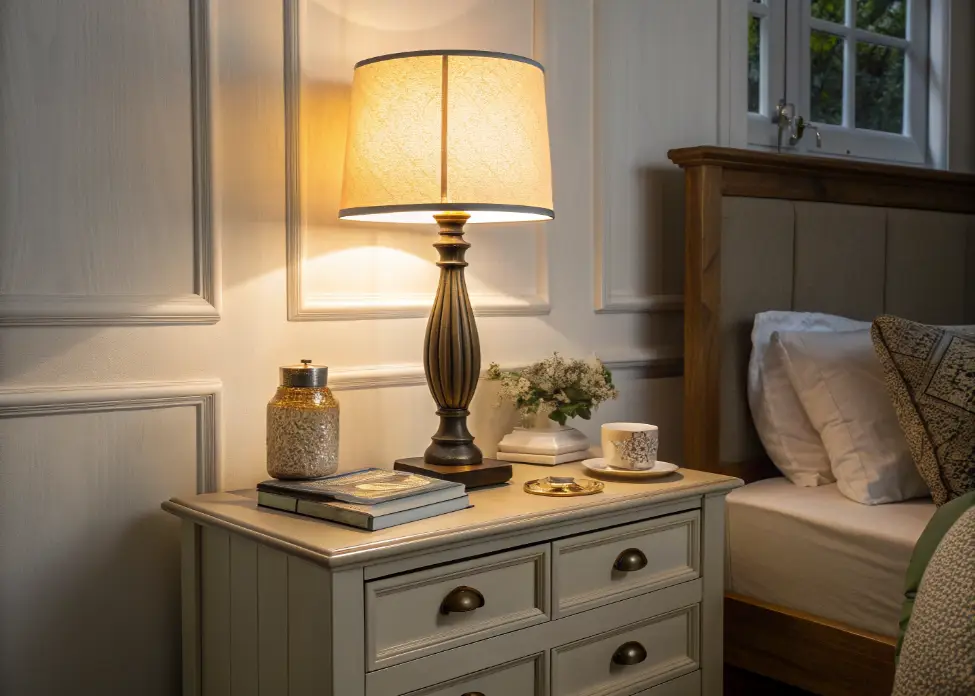
2) Textures, Textures, Textures (soft wins every time)
Cozy is tactile. Swap anything scratchy for soft. Think chunky knit throw on the bed, a nubbly cushion on your reading chair, a smooth linen duvet cover, maybe a faux-fur pillow if that’s your thing. Even one or two touchable pieces can change the whole feel. You don’t need 15 pillows (unless pillow-mountain brings you joy). Just make sure what you do have invites you to flop down without thinking twice.
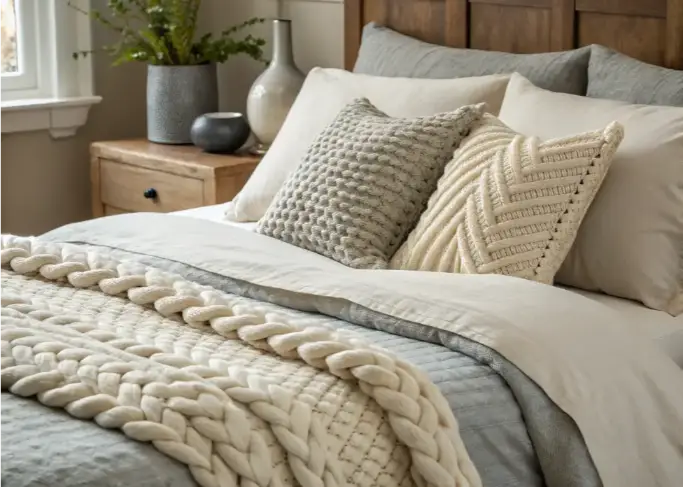
3) Make the Bed You Actually Want to Sink Into
Real talk: your bedding is doing a lot of heavy lifting for comfort and sleep. If your room runs hot, try breathable percale or linen; if you get chilly, flannel or a heavier quilt feels amazing. Weighted blankets can help some people relax and sleep better (there’s emerging clinical research showing improvements in sleep quality for adults with insomnia). (PMC, PubMed)
Also, temp matters. Sleep experts generally land on a bedroom around the low-to-mid 60s Fahrenheit as ideal (roughly 60–68°F / 15.6–20°C). Cooler rooms help your body’s natural nighttime temperature drop so falling—and staying—asleep is easier. (Sleep Foundation)
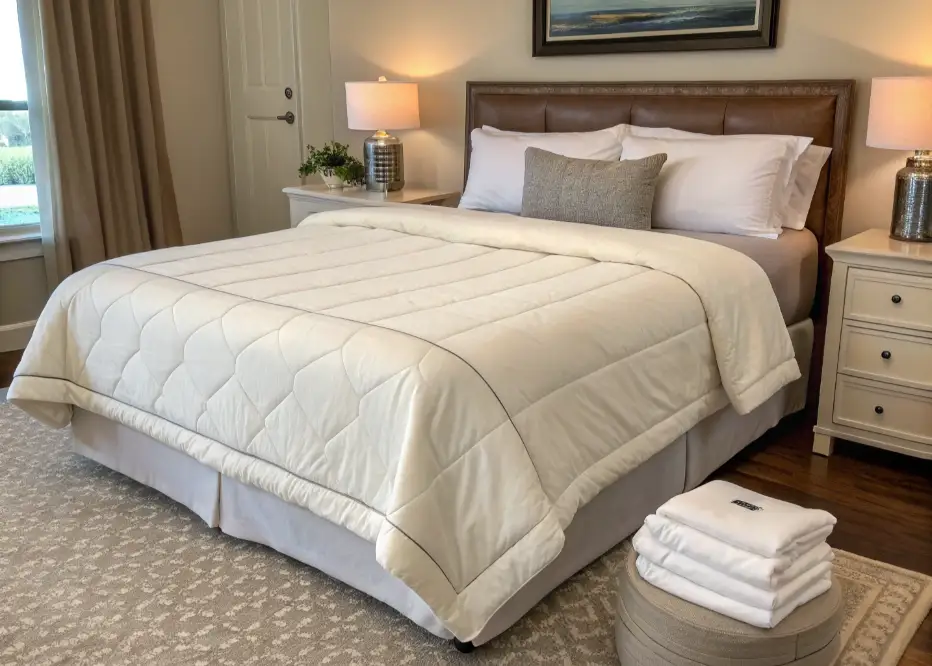
4) Warm the Floor (your feet will thank you)
Bare floors can make a room feel echoey and, honestly, a bit cold even when the temperature’s fine. A rug—doesn’t have to be expensive—adds softness, absorbs sound, and visually pulls the room together. If your room is small, a larger rug actually makes it feel bigger (counterintuitive but true). Place it so your feet land on it when you get out of bed. Morning you will be very pleased with night-you.
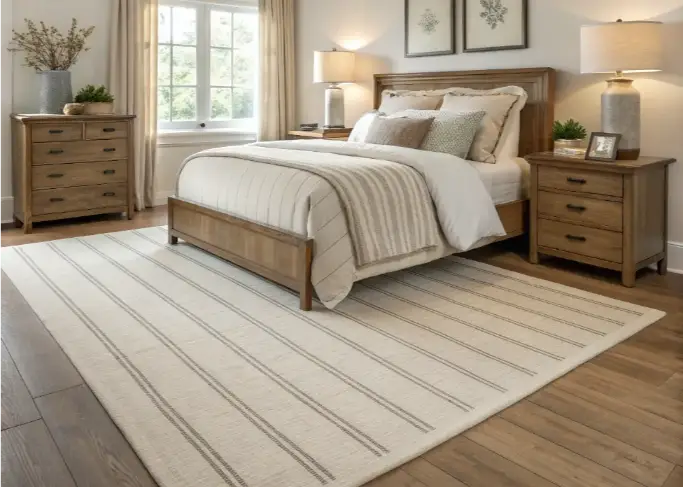
5) Bring Nature In (plants, wood, stone, and views)
Biophilic design—a fancy way to say “let nature in”—has been linked to better mood and well-being. You don’t need a rainforest, just a few green friends or natural materials: a plant on your dresser, wooden side table, woven basket, maybe a little stone tray for jewelry. Americans also spend about 90% of their time indoors, so making your interior air and environment feel calmer isn’t just pretty—it’s useful. (US EPA)
If you’re worried about plants and air quality, quick note: while a single plant won’t purify an entire room’s air in real-world conditions, plants can still support well-being and help spaces feel more restful. For calm at night, lavender’s scent has evidence for easing anxiety; use it as a plant, dried sachet, or essential oil used safely. (PubMed, ScienceDirect)
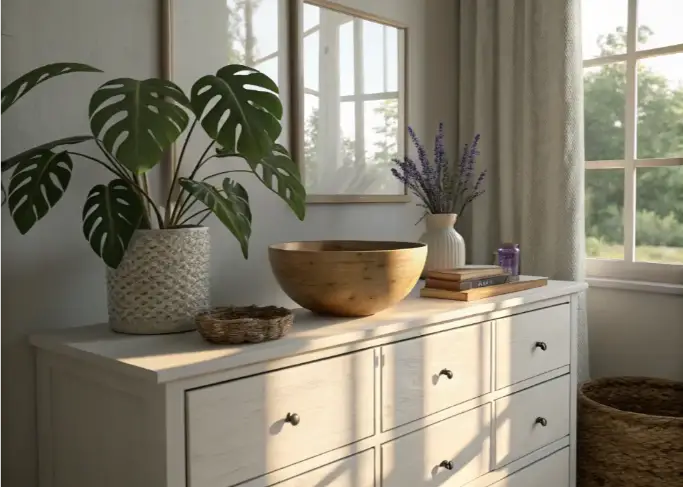
6) Declutter the Stress Points (not everything—just the hotspots)
You do not have to become a minimalist. But clutter piles in a few key places (nightstand, top of dresser, chair-that-holds-laundry) can quietly raise stress. There’s research linking how we talk about our home’s clutter to stress hormones across the day. Translation: clear the hotspots and you’ll likely feel the room “exhale.” Set up simple catch-alls: a tray for keys and lip balm, a lidded basket for random cables, a hook for tomorrow’s outfit. (celf.ucla.edu)
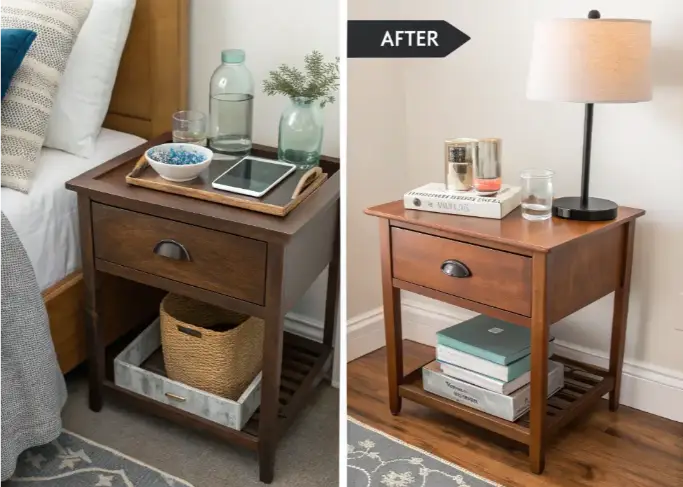
7) Scent and Sound: small moves, big calm
Scent: Think gentle, not overpowering. Lavender and similar calming aromas can help reduce anxiety in some people; a small diffuser at low intensity for a limited time in the evening can set a wind-down ritual. Always follow safety guidance for essential oils, especially around kids and pets. (PubMed, ScienceDirect)
Sound: Soft soundscapes or a low fan can mask street noise. If outside noise is an issue, the World Health Organization recommends keeping nighttime bedroom levels low (roughly below 30 dB(A) indoors for good sleep quality), and less than 40 dB(A) outside the bedroom overnight to prevent adverse effects. That’s technical, but basically: quieter is better for sleep—use rugs, curtains, and door sweeps to help. (World Health Organization)
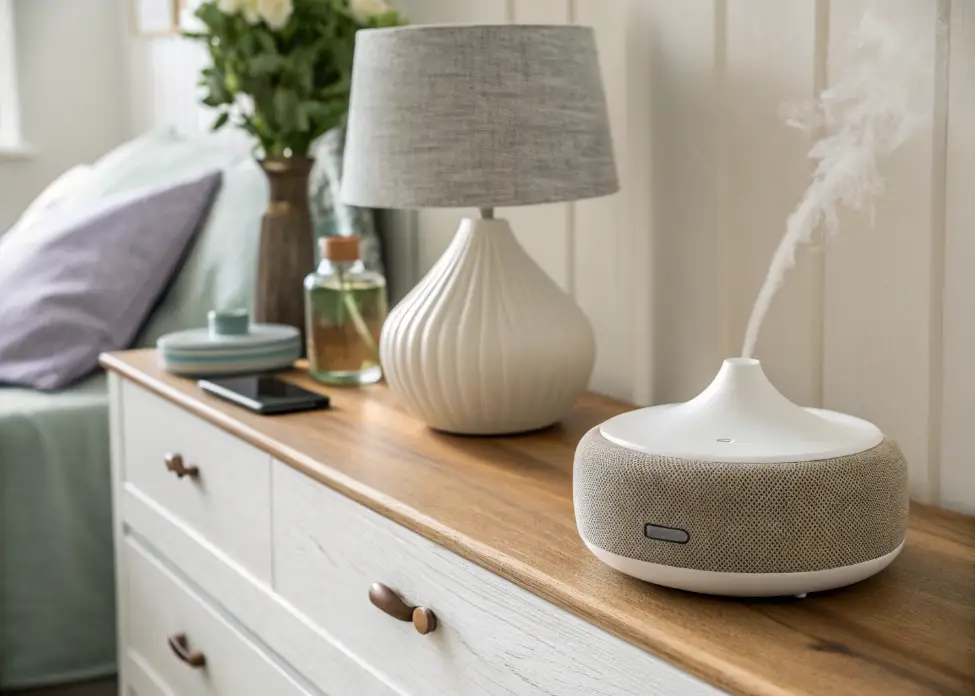
8) Cozy Corners (your personal retreat inside the retreat)
Create a micro-space for how you actually unwind. A reading nook with a small chair, lamp, and a throw. A floor cushion and low table for journaling or sketching. A bench under the window for morning light and tea. When you define one little corner for a favorite ritual, you’ll naturally use your room more—and enjoy it more.
My bias: a comfy chair with an ottoman changes everything. You’ll finally finish that book you’ve been pretending to read.
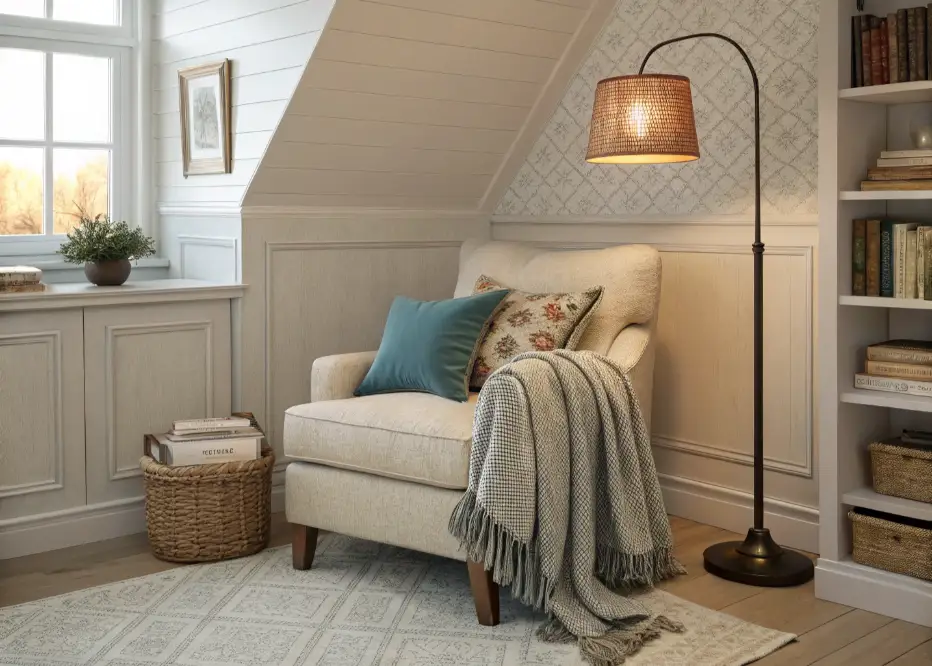
9) Smart Temperature and Bedding Strategy (sleep like a human, not a furnace)
We already hit the ideal sleep range, but it’s worth repeating because it’s that important: a cooler room—often recommended around 60–68°F—supports better sleep. Use a breathable sheet set and layer a blanket or quilt you can peel off easily. In winter, warm the bed with a hot water bottle for 10 minutes before you hop in, then remove it. In summer, consider a fan across an ice pack or a cooling mattress pad. A quick thermostat nudge at night can also save on utility bills while improving sleep quality. (Sleep Foundation)
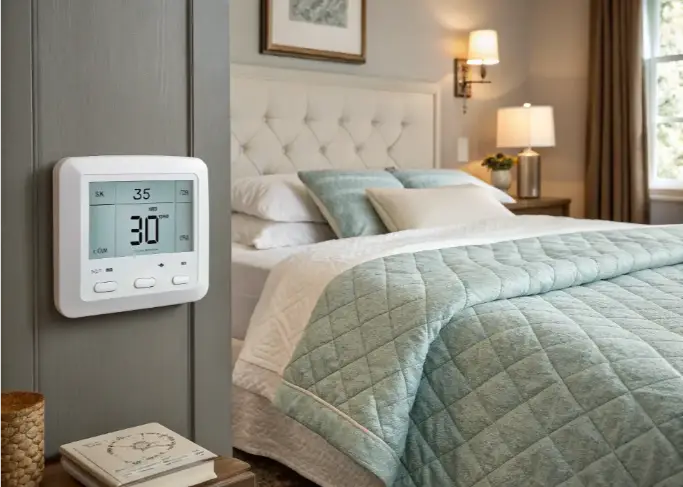
10) Blackout and Black-Out (curtains + screens)
Two final comfort hacks that punch way above their weight:
- Blackout curtains or shades: Keep your room dark at night and you’ll likely fall asleep faster. If you can’t install curtains, try a travel blackout shade or even a tension rod with a dark panel. Low, warm light before bed helps set the sleepy mood. (Sleep Foundation)
- Screen strategy: Bright blue-heavy light in the evening suppresses melatonin, the hormone that cues your body for sleep. If you must use screens, enable night mode, turn brightness down, or switch to warmer light sources in the bedroom in the last hour before sleep. (CDC, NCCIH)
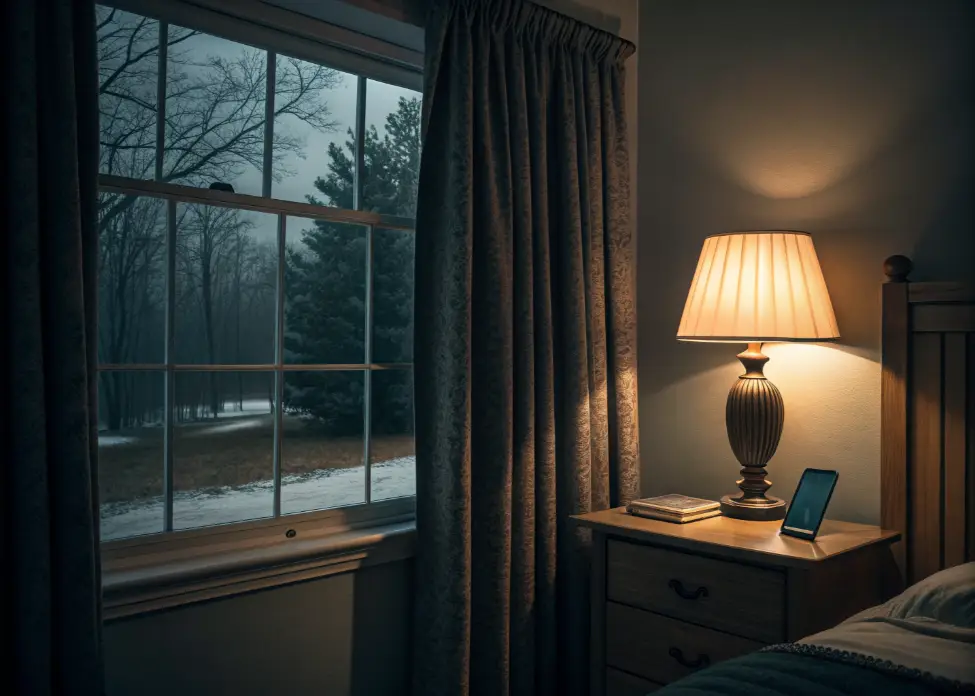
Bonus Moves (because once you start, you won’t stop)
- Art you love: Hang one piece that makes you feel something. Doesn’t need to match anything—just you.
- Bedside tray: Water glass, hand cream, your book. Practical and pretty.
- Cable management: Velcro ties, a small box behind the nightstand—out of sight, out of mind.
- Soft landings: A second throw on a chair for afternoon naps.
- Warm welcome: A small entry hook or dish inside your room, so keys/bag don’t end up on the bed.
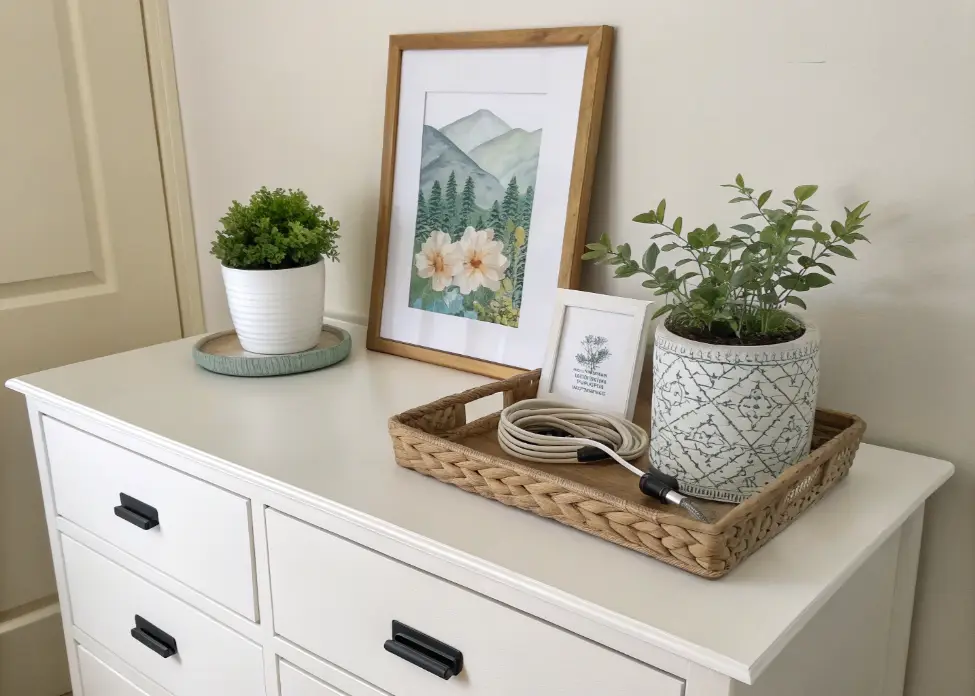
Why these ideas work (a quick science-ish recap)
- Warmer lighting at night supports relaxation and avoids the alerting effect of blue-heavy light, which can disrupt circadian rhythms. Layered, dimmable lighting lets your brain downshift gracefully. (Sleep Foundation)
- Cooler room temperatures help your body’s natural sleep drop; most sleep experts guide people to the low-to-mid 60s Fahrenheit at night. You can layer bedding to fine-tune comfort without turning the room into a sauna. (Sleep Foundation)
- Clutter control eases cognitive load. It’s not about austere minimalism; it’s about clearing friction points so your space feels calm instead of nagging. There’s research connecting perceived home clutter to daily stress patterns. (celf.ucla.edu)
- Nature cues (plants, wood, views, natural textures) are associated with better mood, and considering we spend about 90% of our time indoors, importing a little nature is worth it. Lavender has evidence for easing anxiety. (US EPA, PubMed)
- Sound and darkness matter: lower decibel levels at night and darker rooms correlate with better sleep. If the city’s loud, layer rugs/curtains and use white noise. Blackout curtains help a ton. (World Health Organization, Sleep Foundation)
A simple plan to tackle this weekend
If your room feels like a project, here’s a realistic order that won’t blow your weekend:
- Swap bulbs in your main lamps to warm 2700–3000K and add a dimmer or smart plug.
- Clear the hotspots: nightstand, dresser top, laundry chair. Use one tray + one lidded basket. Done. (celf.ucla.edu)
- Add one texture to the bed (throw or pillow) and one rug underfoot.
- Pick one plant (or dried stems if you’re prone to forgetting watering) and a natural element like a jute basket. (US EPA)
- Blackout solution for windows and a sound plan (fan, white-noise app, or soft playlist). (World Health Organization)
- Temperature check tonight—nudge the thermostat cooler and layer bedding. (Sleep Foundation)
That’s it. Six moves. Your room will feel different—calmer, warmer, and genuinely yours.
Quick energy tip while you’re at it
If you still have old incandescent bulbs hanging around, swapping to LEDs saves a surprising amount on bills while running cooler and lasting longer (way longer). U.S. energy guidance notes residential LEDs can use around 75% less energy and last up to 25 times longer than incandescent bulbs. Cozy and efficient is a very good combo. (The Department of Energy’s Energy.gov)
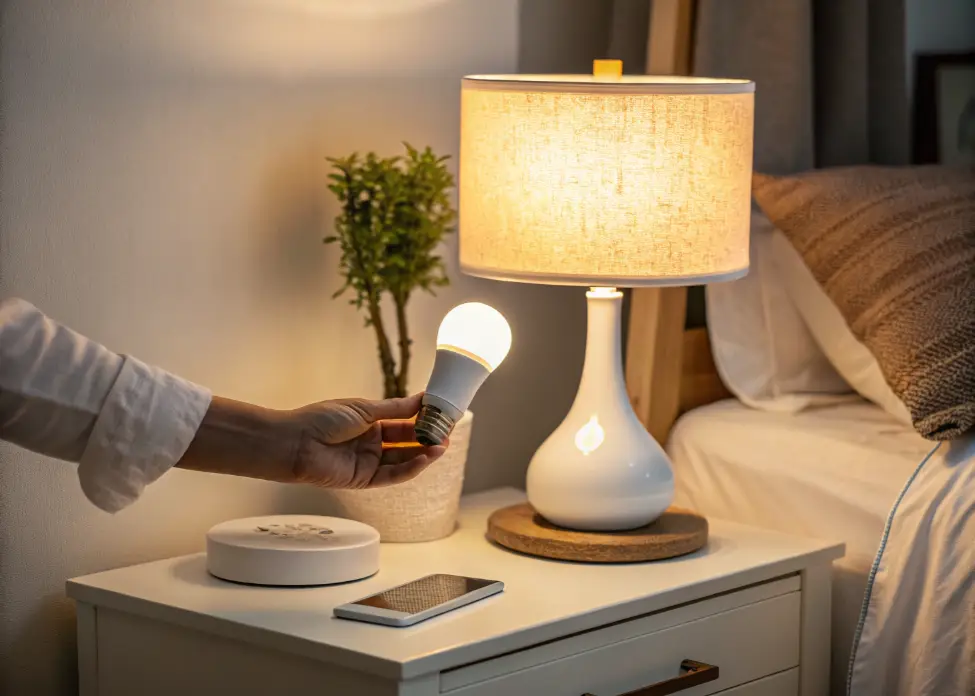
Final thought
Cozy doesn’t mean curated perfection. It’s the feeling you get when you walk in at the end of the day and your shoulders drop an inch. A few layered lights, soft surfaces, calmer colors, small nods to nature, less visual noise, and a better sleep setup—that’s the stuff. The room becomes a place you want to be, not just a place where your stuff lives. Start small, do what works for your style, and keep adjusting until your room feels like you.
References
- Sleep Foundation – Light & Sleep: Effects on Sleep Quality (Nov 8, 2023).
- Sleep Foundation – The Best Temperature for Sleep (updated Jul 11, 2025).
- Sleep Foundation – How Bedroom Temperatures and Bedding Choices Impact Sleep (Nov 1, 2023).
- Sleep Foundation – What Color Light Helps You Sleep? (updated Jul 11, 2025).
- CDC/NIOSH – The Color of the Light Affects Circadian Rhythms (Mar 31, 2020).
- NCCIH – Melatonin: What You Need To Know (accessed 2025).
- U.S. EPA – Indoor Air Quality: Exposure and Characterization Research (Feb 14, 2025).
- U.S. EPA – Improving Your Indoor Environment (Apr 9, 2025).
- Saxbe & Repetti – “No Place Like Home: Home Tours Correlate With Women’s Diurnal Cortisol,” Personality and Social Psychology Bulletin (2010), via UCLA CELF.
- WHO – Noise Fact Sheet / Community Noise Guidelines (accessed 2025).
- Yu et al. – “Effect of weighted blankets on sleep quality among adults with insomnia,” randomized clinical trial (2024), National Library of Medicine.
- Kim et al. – “Effects of Lavender on Anxiety, Depression, and Physiological Parameters,” meta-analysis (2021), PubMed.
- U.S. Department of Energy – LED Lighting (Energy Saver) and Lighting Choices to Save You Money (accessed 2025).
“Have you found this post useful? Don’t forget to explore my other blogs packed with fun and affordable party ideas!”
12 Small Bedroom Ideas That Actually Work
Living Room Vibes: From Boring to Beautiful in Simple Steps
Cozy Campfire Essentials for the Perfect Night Outdoors

